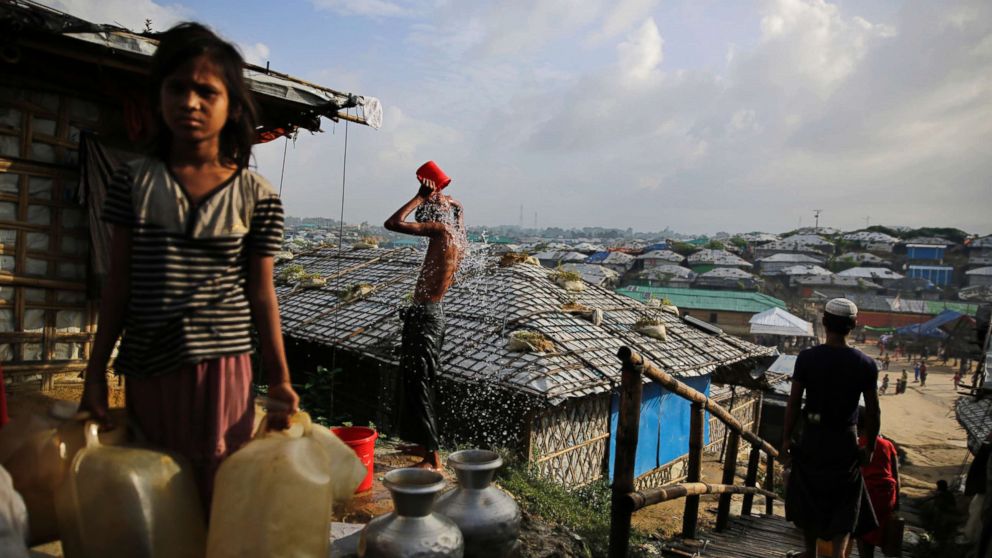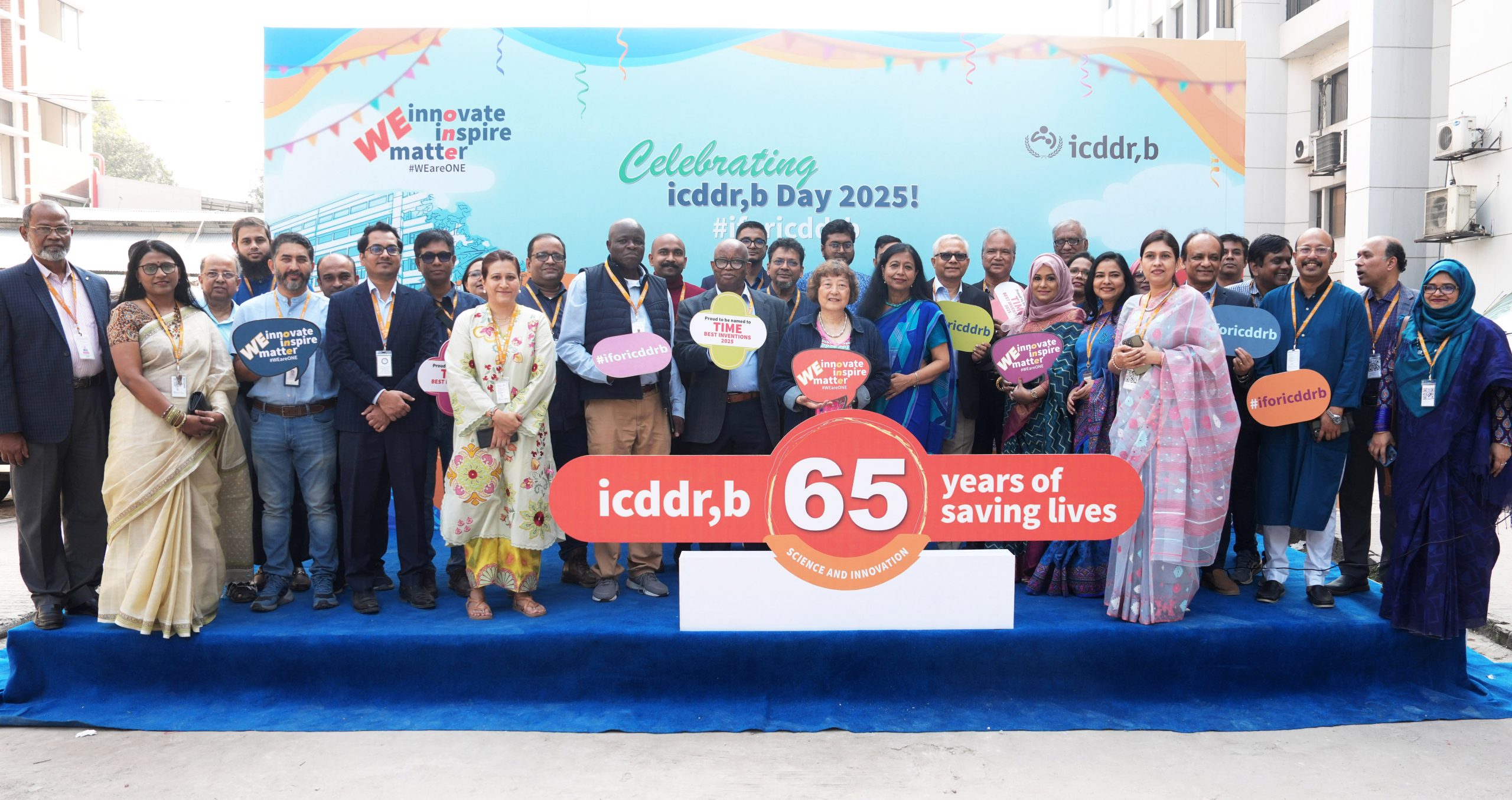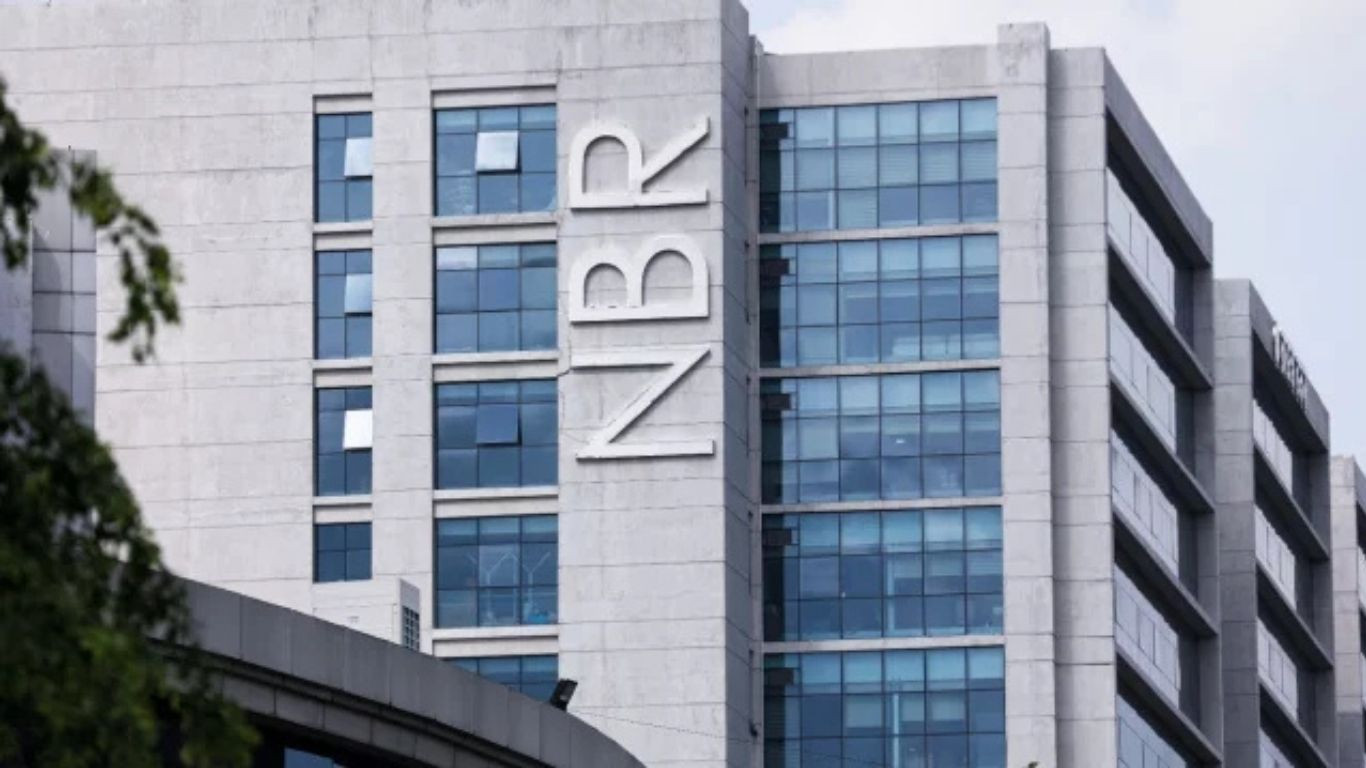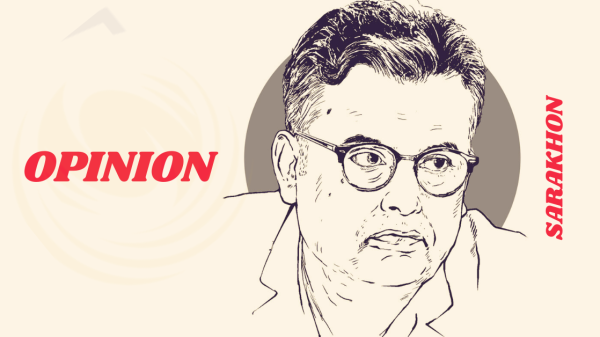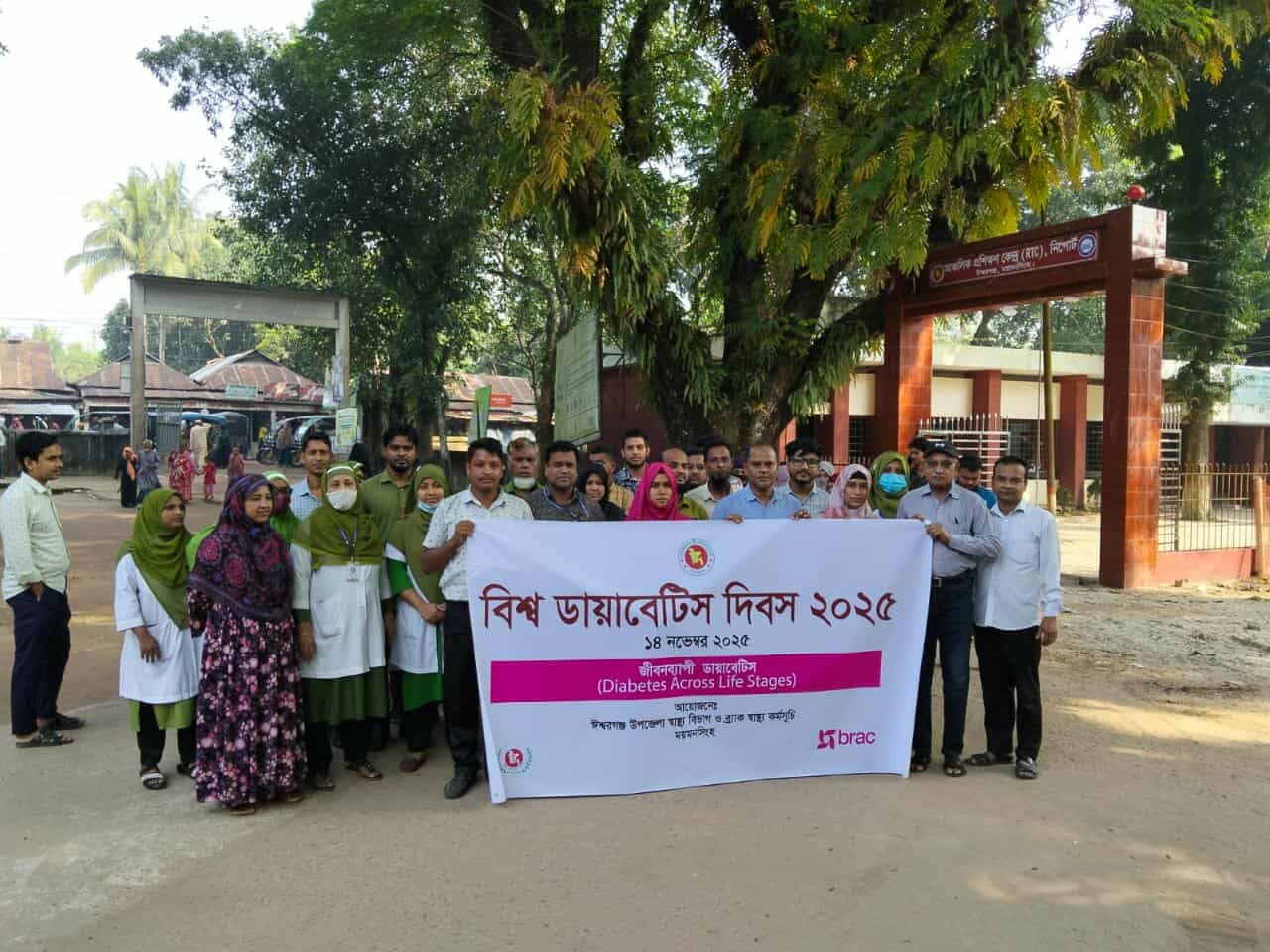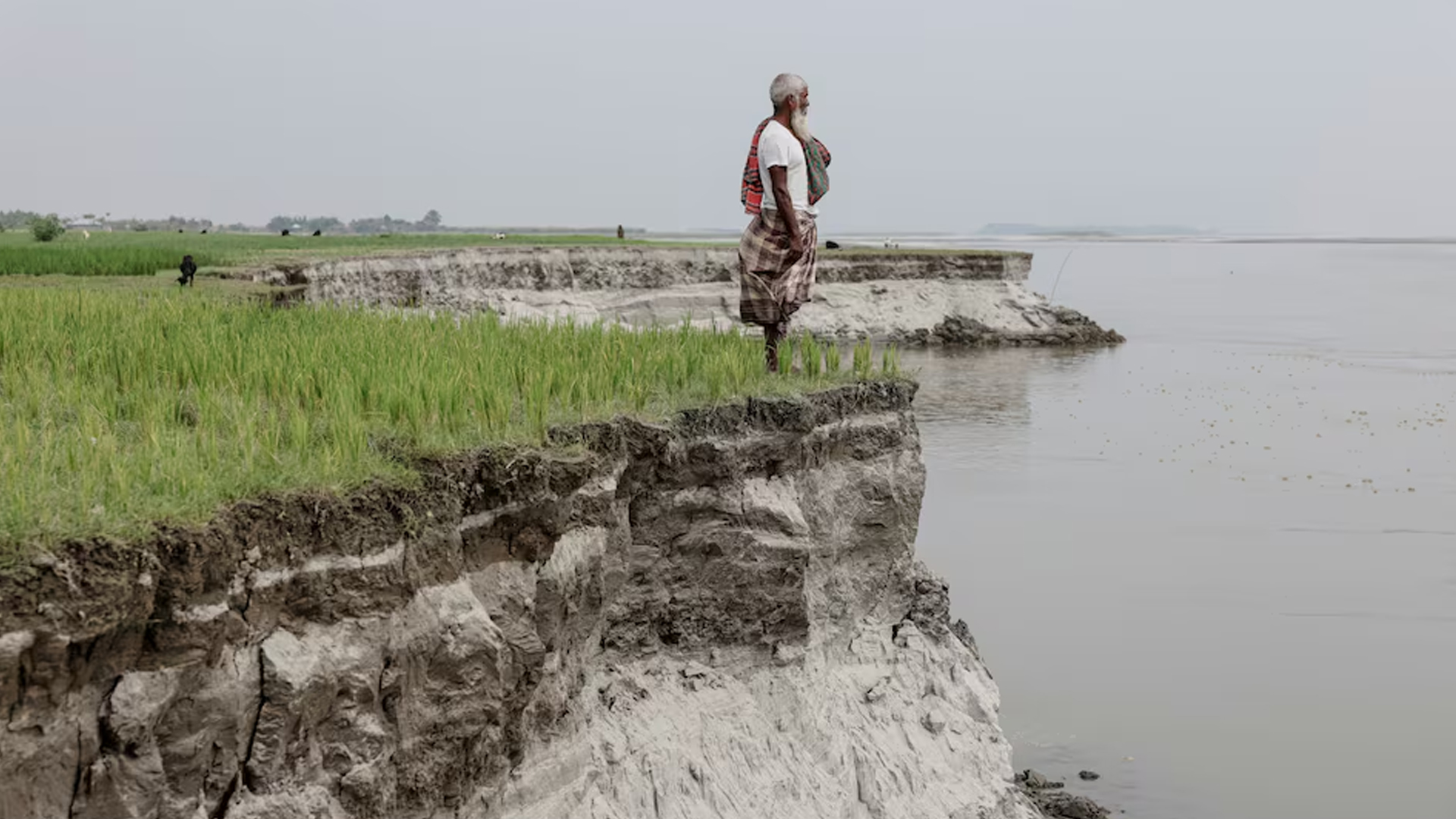Eight Years Later, No Way Back: The Cox’s Bazar Rohingya Crisis Without Resolution

Eight years have passed since August 25, 2017, when hundreds of thousands of Rohingya crossed the Naf River to escape violence in Myanmar’s Rakhine State. What was once considered an emergency has now become a long-term reality. Cox’s Bazar and Teknaf continue to bear the responsibility of hosting nearly a million displaced people, while the situation across the border makes any immediate return impossible. The crisis has entered its ninth year with no sign of resolution.
Conflict and chaos now define Rakhine. According to recent conflict mapping by ISP Myanmar, the Arakan Army (AA) controls more than 93 percent of Rakhine State’s territory as of mid-July 2025. Independent surveys in August confirmed that the group holds authority in fourteen of the state’s seventeen townships. With the region largely outside the control of Myanmar’s central administration, there is no operational or political base from which large-scale, safe repatriation could take place.
In April 2025, following discussions held alongside the BIMSTEC summit, Myanmar officials informed Bangladesh that 180,000 Rohingya refugees had been “cleared” for return from the list of around 800,000 names submitted since 2018. Another 70,000 were said to be under verification, and there were promises to expedite reviews of the remainder. The announcement was widely reported as progress, but no organized repatriation followed. Earlier pilot efforts in 2018 and 2019 also collapsed when refugees refused to return without guarantees of citizenship or reliable security arrangements. Eight years later, that reality remains unchanged: no substantial repatriation has occurred since the 2017 influx.

Despite global attention waning, some new funds continue to reach Bangladesh. On 3 October 2025, Japan announced a contribution of US$3.4 million to the World Food Programme, intended to sustain monthly food assistance for approximately 100,000 Rohingya and to extend nutrition support to 2,000 members of nearby host communities. The World Bank has also maintained its support mechanisms. Updated procurement documents published on 20 September 2025 confirm that the Host and Rohingya Enhancement of Lives Project (P501274) remains operational. Alongside this, the Bank’s Inclusive Services and Opportunities for Host Communities and Displaced Rohingya programme continues under its broader Rohingya portfolio, which allocates roughly US $ 700 million to Bangladesh. These updates indicate that, while international assistance is thinner than in earlier years, the principal financial partners have not withdrawn their support.
The numbers have always spoken clearly. The Arakan Army dominates more than ninety percent of Rakhine, leaving little space for Myanmar’s civil administration to function. The repatriation agreement, which was supposed to bring back 180,000 people, has produced none. The only tangible movement lies in the limited but steady flow of external funding that keeps the humanitarian operation running at a reduced scale.
The evidence points in a single direction: the Rohingya are likely to remain in Bangladesh for the foreseeable future. Geography, demography, and—most of all—time have already set that course. More than half of the Rohingya population in Cox’s Bazar is under eighteen; children born in the camps have no memory of Rakhine and speak Bangla alongside their native dialect. Informal work, linguistic proximity, and religious similarity have facilitated a subtle overlap with local communities. In villages near Ukhiya and Teknaf, it is increasingly difficult to draw a clear boundary between camp residents and day labourers from host settlements.

The events of 2017 were not the beginning of this story. They were the largest wave in a cycle that has repeated since 1978, each one deeper than the last. What changed was the scale, not the pattern. Bangladesh’s southern coast has long absorbed displaced people when Rakhine erupted. The current crisis is only the most visible chapter of that long history.
Economically, the presence of refugees has altered local labour and trade networks. Thousands of Rohingya men and women work unofficially in fisheries, agriculture, construction, and transport. Over time, the surrounding economy has adapted to their participation. Integration, whether formally acknowledged or not, is already taking shape—not as a policy, but as a daily practice.
Politically, the cycle of conflict in Rakhine makes a return improbable. The AA’s dominance has replaced one form of control with another, and Myanmar’s central institutions are weaker than ever. For Dhaka, pushing for repatriation under such conditions would be symbolic rather than practical. For the refugees, returning to a militarized Rakhine without citizenship rights would amount to relocation, not repatriation.
Bangladesh’s approach—regardless of government changes—has therefore become one of management rather than transition: maintaining camp stability, ensuring security, and absorbing the long-term costs. International partners continue to finance humanitarian services, but even they now describe the crisis as “protracted.” The term has become diplomatic shorthand for permanence.
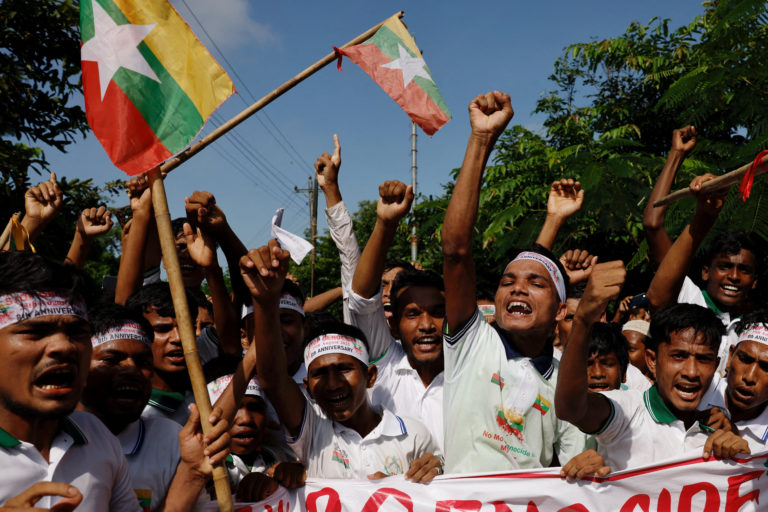
The longer the situation endures, the more the camps resemble permanent settlements. Education centres operate year-round, informal schools teach Bangla, and local markets trade side by side with aid warehouses. Some families have relatives working in Chattogram or Dhaka under assumed identities. Others send remittances from Malaysia or Thailand, extending the same survival networks that have long connected coastal Muslim communities across the Bay of Bengal.
As Bangladesh moves through its ninth year of hosting, the Rohingya issue is no longer defined by movement but by endurance. The immediate questions—when they will return, how many will go—have given way to quieter ones: how long services can be maintained, how host communities can adapt, and how the next generation will define itself.
It may no longer be meaningful to describe the Rohingya as temporary residents of Bangladesh. The conflict across the border has closed that chapter for now. What remains is the slow, complex process of living—one that Bangladesh continues to manage with limited resources and a degree of steadiness that the international community often overlooks. Eight years on, the camps at Cox’s Bazar are no longer just a response to crisis; they have become part of the country’s social and geographic landscape—a reminder that some crises do not end. They simply stay.


